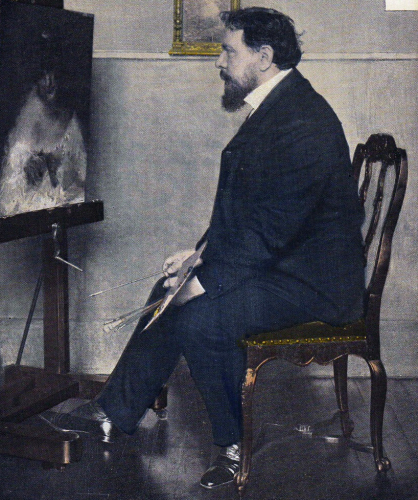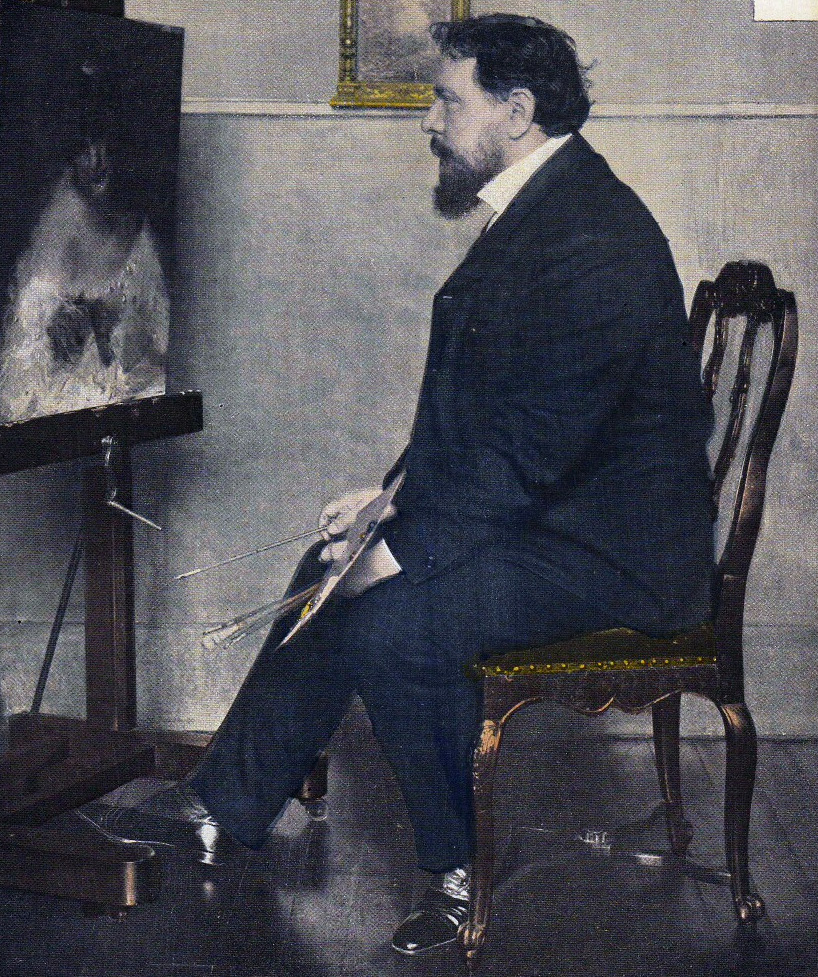Guirand de Scevola Lucien-Victor
( 1871-1950 )
Biography


A major French painter of the late 19th and early 20th centuries. He stood out for his artistic versatility, combining portraiture, still life, landscape and intimate scenes, while remaining deeply influenced by Symbolism. Born in Sète and a pupil of Fernand Cormon at the École des Beaux-Arts in Paris, Guirand de Scévola developed a delicate and refined approach to pastel from his earliest works. This medium, which he made one of his favourite tools, enabled him to capture the light and deepen the psychology of his subjects, mainly portraits of women.
Guirand de Scévola's career was marked by his involvement in several prestigious Paris salons, notably the Salon des Artistes français, where he exhibited from 1887. As an associate and then a member of the Société nationale des beaux-arts, he became an influential member of the Paris art scene. It was also within this framework that he assumed a leading role in 1937, becoming president of this renowned institution. Her work is characterised by a finesse in the depiction of idealised female figures, often inspired by the Middle Ages and the Renaissance. Her portraits of princesses and mythological figures are part of a symbolist atmosphere, an artistic movement that favours evoking the invisible and the intimate, while exploiting contrasts in light and dreamy atmospheres. This idealistic period of his work, which spans several decades, bears witness to a constant search for pure beauty and timeless emotion. The sensuality of his portraits contrasts with a more realistic, worldly vision of the society of the time, enabling him to establish himself as a key figure in symbolism and modern art.
Alongside his artistic career, Guirand de Scévola was actively involved in the First World War. Working with Eugène Corbin and Louis Guignot, he was one of the pioneers of military camouflage, developing a method of concealing artillery under painted canvas to blend in better with its surroundings. This invention bears witness to the artist's ingenuity and creative spirit, which extended beyond the boundaries of art.
His work continues to attract the interest of art historians, museums and collectors. Many of Guirand de Scévola's portraits and paintings can now be found in prestigious institutions such as the Musée d'Orsay, the Musée de Sète and the Pinacothèque Nationale de São Paulo. The multiple facets of his art, oscillating between symbolism and figuration, continue to captivate the attention of art historians and collectors alike.
No artwork matches
93400 Saint-Ouen sur Seine